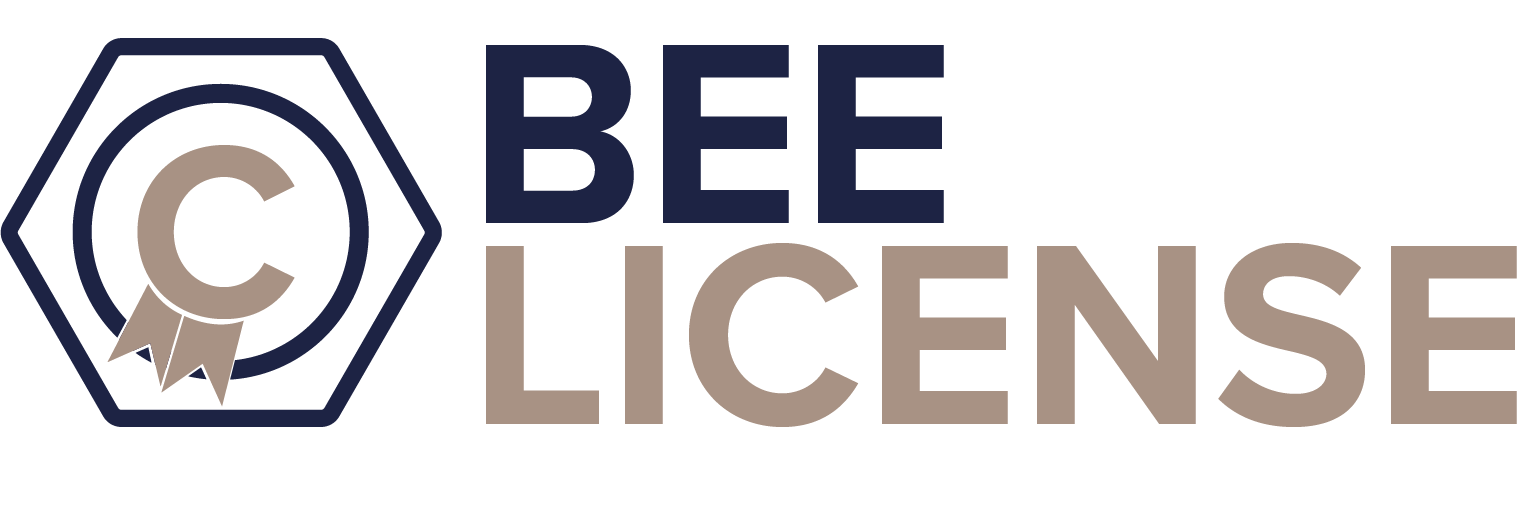BeeTheory™ – Exploring Quantum Gravity and Antigravity in Aerospace
Where open science meets frontier physics — advancing our understanding of space, gravity, and the principles that could redefine flight itself.
🌌 Introduction
BeeTheory™ is a scientific exploration program under the Lesser Open Bee License 1.3,
initiated by Technoplane SAS to study emerging physical theories related to quantum gravity, field propulsion, and antigravity concepts.
It brings together physicists, engineers, and mathematicians across the Collaborative Bee Network to research the interactions between energy, matter, and motion at quantum scales — and their potential impact on next-generation aerospace systems.
The project is part of a long-term vision to connect theoretical physics and applied aerospace innovation through open, transparent, and multidisciplinary collaboration.
🧠 Research Philosophy
BeeTheory operates under the same guiding principles as all Bee-licensed initiatives:
- Lesser Open Source Collaboration: sharing data, results, and simulation models for academic research and peer review.
- Transparency: documenting every hypothesis, test, and publication under open-access standards.
- Scientific Integrity: maintaining rigorous analytical and experimental validation methods.
- Interdisciplinary Integration: bridging aerospace engineering, quantum physics, and data science.
BeeTheory is not speculative entertainment — it is a structured research framework that encourages reproducible scientific inquiry and engineering-based validation of unconventional propulsion hypotheses.
⚛️ Research Domains
BeeTheory explores the interface between classical and quantum mechanics — where gravitation, electromagnetism, and spacetime geometry may converge.
The primary research domains include:
1. Quantum Gravity and Unified Field Models
Investigating mathematical and computational models that link general relativity and quantum field theory.
Key focus areas include curvature of spacetime at Planck scales, quantum vacuum fluctuations, and energy quantization in gravitational fields.
2. Antigravity and Field Propulsion Research
Exploring propulsion systems that interact with the geometry of spacetime or the electromagnetic vacuum.
These include research on gravitational shielding, negative mass dynamics, and potential manipulation of inertial effects through oscillating electromagnetic fields.
3. Quantum Vacuum Energy Studies
Evaluating theories related to zero-point energy (ZPE) extraction and its potential role in advanced propulsion.
While highly theoretical, this research contributes to the mathematical and energetic understanding of field interactions relevant to spacecraft design.
4. Relativistic and Sub-Relativistic Propulsion
Assessing energy requirements and spacetime mechanics for propulsion near relativistic speeds.
Integrating AI-driven models for predictive simulation of thrust, time dilation, and field resonance patterns.
🔬 Current Projects
- Quantum Field Dynamics Simulation: numerical models using tensor-based solvers to test gravitational coupling at quantum scales.
- Field Propulsion Bench Testing: experimental setups at laboratory scale for testing magnetic plasma and EM field oscillation systems.
- AI-Assisted Theoretical Mapping: using generative models to visualize multidimensional field structures in unified physics equations.
- Open Documentation: collaborative wiki pages and technical briefs open to verified academic participants.
All work remains compliant with the Lesser Open Bee License 1.3 Chapter 2 (Lesser Open Source) for academic publication, while sensitive experimental data may fall under Private Bee Chapter 3 agreements for security and intellectual property protection.
🧩 Interconnection with the Collaborative Bee Ecosystem
BeeTheory serves as the theoretical foundation for future propulsion and energy research within the Collaborative Bee Ecosystem.
Its studies complement the applied aeronautical work of:
- Bee-Plane™ – modular mid-range aircraft architecture.
- ISO-Plane™ – sustainable cargo transport for ISO containers.
- Mini-Bee™ – hybrid VTOL and distributed-electric propulsion research.
- GPS 4D™ – intelligent airspace navigation and flight optimization system.
By connecting quantum theory to practical design principles, BeeTheory bridges fundamental science and aerospace engineering in a way that few programs attempt.
It is an open invitation to the global research community to explore what flight could become beyond conventional propulsion.
🌱 Ethics and Open Scientific Integrity
BeeTheory follows the ethical framework of the Lesser Open Bee License 1.3, ensuring responsible exploration of speculative physics with full traceability.
Every theoretical publication, dataset, and experiment log includes a license reference and digital signature from the Coordinator (Technoplane SAS).
This guarantees that all research — no matter how visionary — remains accountable, documented, and reproducible within the scientific community.
Speculative ideas are categorized as “hypothetical work-in-progress” until validated through repeatable experiments.
📈 Vision for the Future
The long-term vision of BeeTheory™ is to lay the foundation for clean, non-reactive propulsion systems powered by field dynamics rather than combustion or fuel.
These breakthroughs could one day redefine interplanetary mobility, deep-space exploration, and even Earth-based transportation systems.
The project also seeks to inspire a new generation of scientists and engineers — bridging physics, data science, and aerospace through a unified, open, and ethical research framework.
📘 License and Attribution
All BeeTheory™ documentation and datasets are distributed under:
“Lesser Open Bee License 1.3 – Chapter 2: Lesser Open Source – © Coordinator Technoplane SAS.”
Specific research modules or industrial prototypes may operate under Chapter 3 (Private Collaboration) agreements for advanced experimental protection.
All public work is freely accessible through the Collaborative Bee Wiki and is available for academic citation and peer contribution.
BeeTheory™ – Quantum Gravity and Antigravity Research under the Lesser Open Bee License 1.3 – © Coordinator Technoplane SAS.
